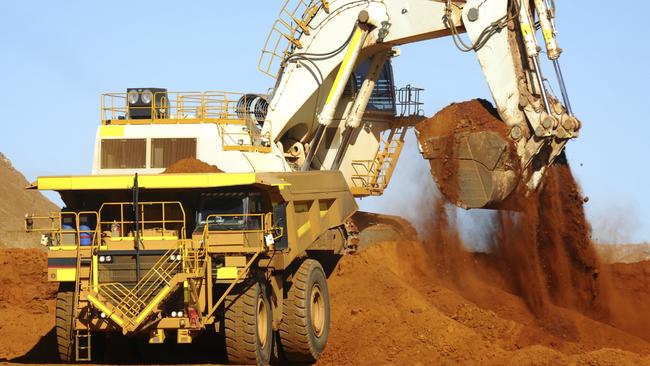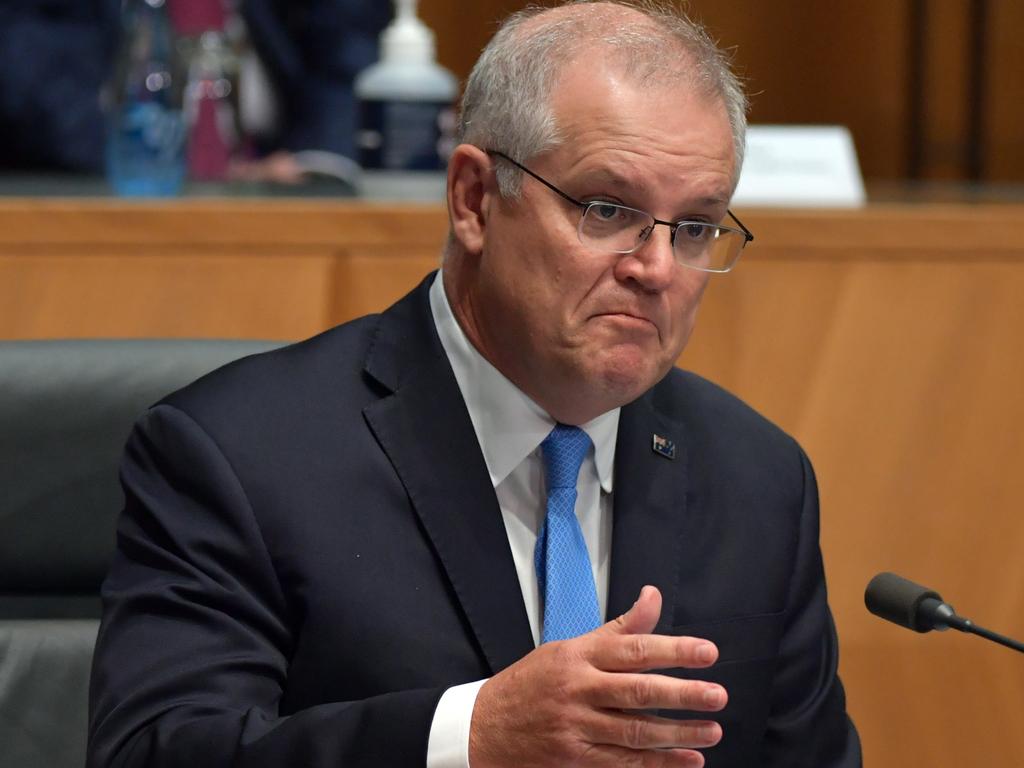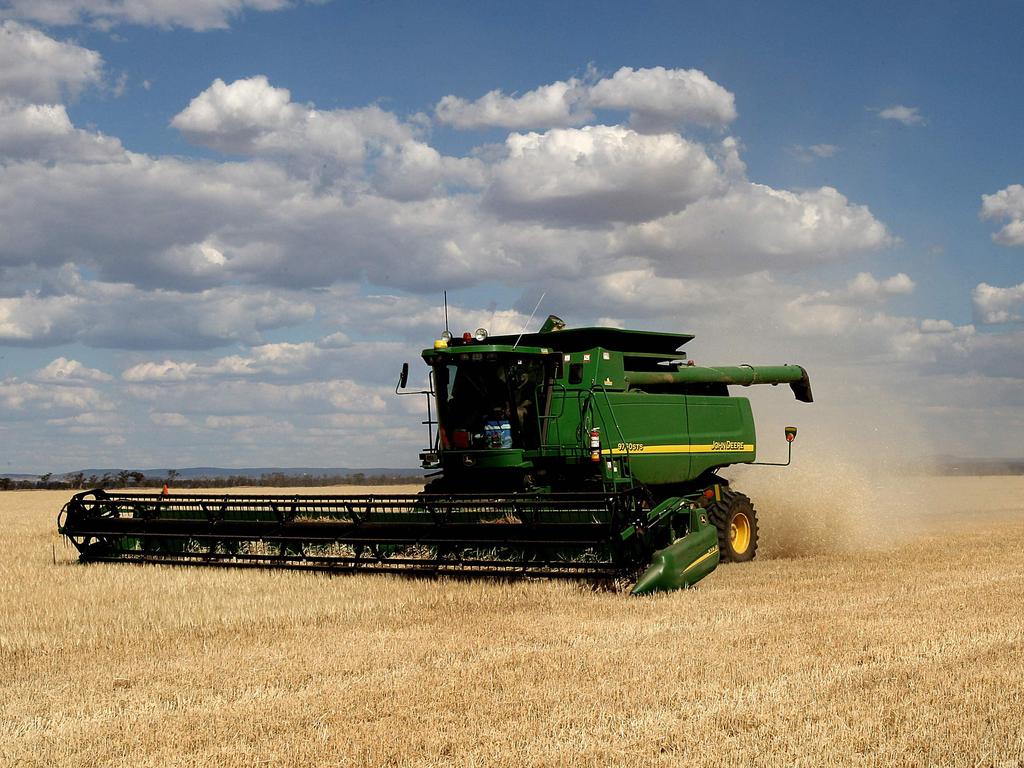
Veiled accusations that Australian miners are somehow manipulating the iron ore price and threats of calling in China’s regulators are par for the course for the China Iron and Steel Association – they come every time the iron ore price starts to rise.
CISA made similar accusations only 18 months ago, that Australian miners and market traders active on the Dalian exchange were manipulating the price of iron ore, as iron ore prices crept above $US125 a tonne in the wake of Vale’s tailings dam collapses earlier that year curtailed Brazilian supply.
It made similar aspersions in 2011, calling for the establishment of strategic government reserves of iron ore as prices hit $US180 a tonne; and again in early 2013 when prices topped $US120 a tonne – this time only months after a savage price fall, to levels near $US80 a tonne in September 2012, nearly claimed the scalp of China’s best friend in the Australian industry, Fortescue Metals Group.
CISA warned of speculative trading in the commodity in August 2017 as prices again rose from multi-year lows, calling for regulatory intervention to curtail speculation on iron ore futures exchanges in China.
At prices above $US150 a tonne, CISA knows that every marginal tonne in Australia is heading towards a ship, and the industry is gearing up to expand.
Collectively, Australia’s iron ore producers are seeking approvals to lift iron ore export capacity by more than 155 million tonnes a year – more than enough to soak up any medium term deficit in the market.
BHP is hoping to win WA government approval to increase its capacity to 330 million tonnes a year from Port Hedland, a 40 million tonne increase. Gina Rinehart’s Roy Hill has sought approval to lift its exports by 10 million tonnes a year, to 70 million tonnes, and Fortescue has already won the right to lift its cap by 35 million tonnes, to 210 million tonnes.
Even the WA juniors are back in the action, with minnow Fenix Resources looking to begin exports from the state’s mid West, and Chris Ellison’s Mineral Resources recently outlining ambitious plans to build new port facilities worth another 65 million tonnes of export capacity.
Such is the competition for port space in the Pilbara, the WA state government has even begun talking about reviving the long-forgotten outer harbour at Port Hedland – a $20bn BHP dream that died with the last mining boom.
The issue for Chinese steelmakers, as CISA knows full well, is not any reluctance from WA producers to get every possible tonne onto a boat. It is that Vale’s problems in Brazil run far deeper than it has so far been prepared to admit.
And it is, as CISA cannot say, that China’s blinkered decision to punish Australia by banning Australian coking coal from its steel mills, has not only pushed up costs for its own industry, but is also helping distort the iron ore market.
The dynamic between coking coal and iron ore prices are usually relatively simple.
Coking coal helps soak up impurities in iron ore. When metallurgical coal prices are high, steel mills seek to shift to higher grade – and therefore more expensive – iron ore, to minimise the use of coking coal.
When coking coal is cheap, they can also buy cheaper iron ore.
But the bans on Australian coking coal have pushed up the price China pays for the steelmaking commodity from other sources – to above $US200 a tonne, according to some sources, at a time when market shortages are also pushing up iron ore prices.
Chinese steel mills have nowhere to turn, and few options other than to simply wear the soaring import costs. No attempts to flex grades, impurity levels and input sources will do much more than fiddle round the edges.
And that puts additional pressure on China’s construction industry, it’s exports of steel – now far less attractive against emerging competitors in Vietnam, India and elsewhere – and its core urbanisation and modernisation policies.
Rather than accuse BHP and Rio of manipulating the iron ore price, there is a simple solution for CISA’s members – land the 14 million tonnes or so of Australian coal sitting in boats outside of China’s ports, and the market will sort itself out.






If there was any doubt that China’s ban on Australian metallurgical coal was hurting their steel industry, it was laid to rest by renewed accusations of market manipulation in the iron ore sector by China’s peak steel industry body.